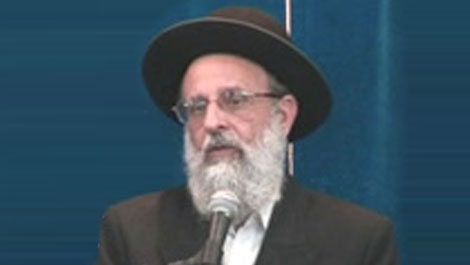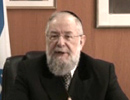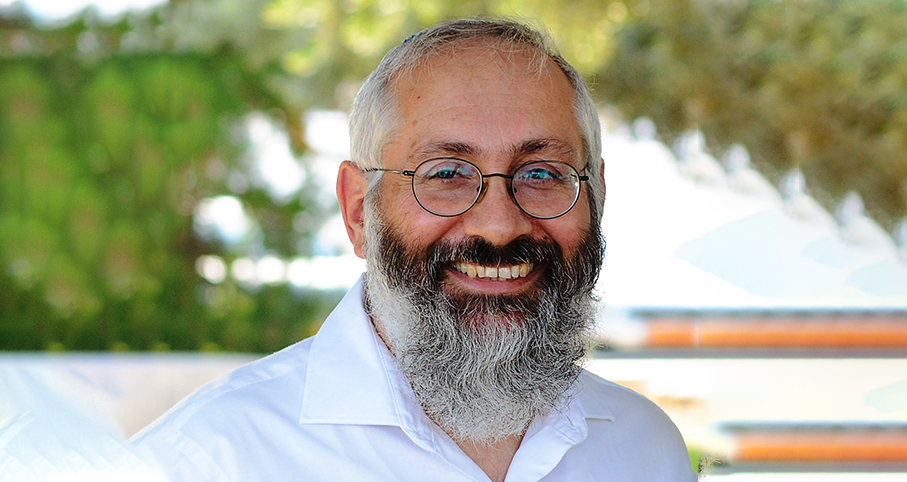Beit Midrash
- Family and Society
- Financial Laws and Tzedaka
- Basics of Financial Laws
- Family and Society
- Mitzvot of the Land of Israel
- Shmitta
In the Talmud itself there are two opinions voiced on this matter. One is that during the entire period of time of the Second Temple the laws of shemitta as outlined in the Torah were no longer applicable. All of the laws of shemitta then were only of rabbinic effect - a remembrance to the shemitta ordinances of the Torah - and the rabbis did not ordain shemittat ksafim at all. Thus Hillel’s achievement was to create a positive remembrance of the Torah’s ordinance of shemittat ksafim by instituting the pruzbul so that the public would always recall that when the Torah ordinances would in the future be once again applicable the concept of shemittat ksafim would be present. Tosfot there comments that during the entire period of the Second Temple the Torah concept of shemitta was not applicable because a majority of the Jewish people lived outside of the Land of Israel. Thus there was no yovel - no Jubilee year - and hence no shemitta either. According to Tosfot’s opinion one can state that the Torah shemitta was never observed properly in the Land of Israel by the Jewish nation. The First Temple Jews were exiled because of non-observance of shemitta and the Second Temple Jews only had a rabbinically ordained remembrance of shemitta in their time. The second opinion is that Hillel’s ordinance was not a new thing but merely publicized an already existing "loophole" in Torah law which allowed private debt to be converted into the debt to courts. Hillel’s act was merely one of publicizing this loophole in order to allow the free flow of credit to continue even in the year before the shemitta. Thus even when the Torah shemitta is reestablished the use of the pruzbul will continue since the legal "loophole" will then still be present.
Over the ages there has been much discussion over the pruzbul and its necessity. For a long period of time, Jews living in the Diaspora never used a pruzbul. The logic was that shemitta in our time after the destruction of the First Temple was only a rabbinic remembrance and the rabbis never instituted it to be followed outside the boundaries of the Land of Israel. Just as there is no shemitta of land outside of the Land of Israel there is no shemittat ksafim either. However, there were great rabbis who dissented from this view and stated that shemittat ksafim still prevailed outside the Land of Israel and therefore a pruzbul was necessary to prevent the automatic cancellation of the loan. Rabbi Asher ben Yechiel (Rosh) when he became the rabbi in Toledo, Spain at the beginning of the fourteenth century attempted to introduce the pruzbul in his community. But he himself ruefully wrote of his inability to have the Jews of Toledo follow his ruling in this matter. Over the generations, the institution of pruzbul has taken hold even in Diaspora communities. Many rabbis saw it as a matter of sanctity and remembrance even if not of necessity and therefore encouraged its general use. It became one of the methods of keeping the Land of Israel fresh in the minds of Jews living in a dark and far exile. Hillel’s foresight had many positive results.

Passively Taking from Another’s Franchise
Various Rabbis | Kislev 11 5776
Letters of the Law
Rabbi Daniel Kirsch | Cheshvan 29 5779

The Seamstress, the Chazzan and the Mashgiach
From the halachic literature
Rabbi Yirmiyohu Kaganoff | 25 shvat 5769























